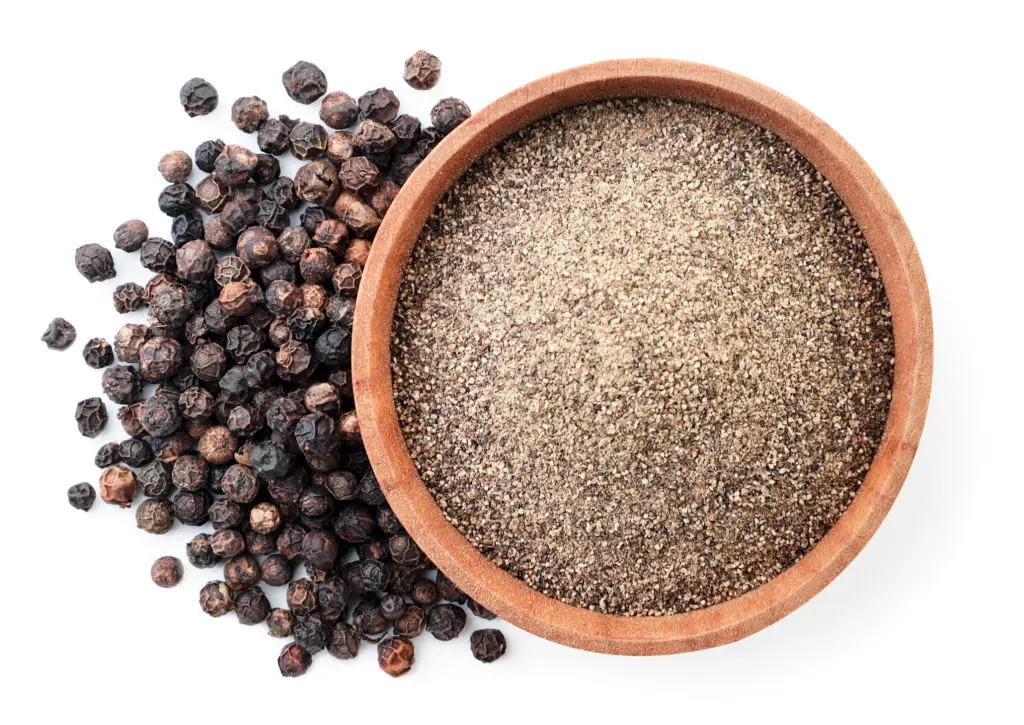Your Metabolism's Secret Weapon: 11 Foods That Activate Fat-Burning Brown Fat
3. Chili Peppers — Capsaicin and the spicy nudge for heat production

Capsaicin, the compound that gives chili peppers their heat, has the capacity to raise body temperature and trigger short-term increases in calorie burn. Human trials generally report modest effects: people who eat spicy meals often experience a temporary rise in metabolic rate and fat oxidation. Some studies show larger responses in individuals who don’t usually eat spicy foods, and the effects may be temporary rather than producing lasting brown fat growth. A practical approach is to add a little chili to dishes or try chili-based sauces gradually; this can enhance flavor while nudging heat production. Use caution if you have reflux, irritable bowel, or other gastrointestinal sensitivity; start with small amounts and balance with cooling foods like yogurt or salad. For most adults, capsaicin offers a safe, flavorful way to slightly boost metabolism and provide a sensory cue that may support mindful portion control and overall dietary satisfaction.
4. Black Pepper — Piperine shows lab activity but human evidence is limited

Black pepper contains piperine, a compound that laboratory studies have linked to effects on fat cell development and metabolism in cell cultures and animal models. Notably, some research cited in reputable reporting used concentrations far higher than what typical dietary intake would achieve, so translating those findings to real-world eating is uncertain. NPR coverage of piperine research highlights the gap between petri-dish results and human outcomes, and experts have urged caution about overinterpreting early findings. Practically, black pepper is a low-risk culinary addition that can boost flavor and may modestly affect nutrient absorption and spice-sensing pathways. It also enhances the absorption of certain compounds like curcumin when eaten together. Because direct human studies on brown fat activation from black pepper are lacking, treat piperine as an interesting compound with potential rather than a proven metabolic therapy.
